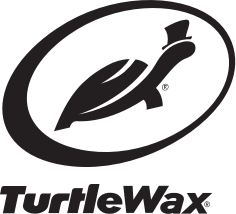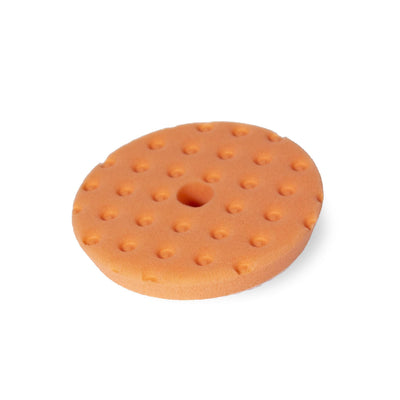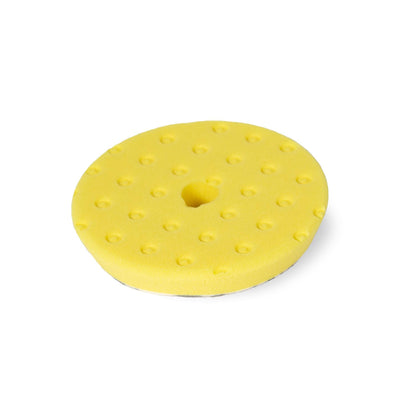A polish and wax will not only save you time in the detail process, but it will also create a higher quality finish! To integrate one into your exterior detail, you’ll need a foam applicator if you prefer to apply the product by hand, or dual action polisher and a set of foam cutting pads if you prefer machine application. You’ll also need some masking tape to protect your trim and several microfiber towels.
Start by washing your car with an all-purpose car wash soap like M.A.X. Car Wash, water and a microfiber wash mitt. Remove heavier stains and soils, like tar, tree sap or bug remains, with a specialty cleaner like Turtle Wax Bug & Tar Remover. Once all stains and soils have been removed, rinse your vehicle thoroughly and hand dry with a clean microfiber towel.
We recommend applying polish and wax to the hood of the car first to get an idea of the level of paint correction needed to correct and restore the rest of your finish. The hood is often the most difficult area to polish and wax because it takes such a big beating from the sun’s harsh, UV rays.
Use masking tape to section off and cover any exposed areas of unpainted trim to avoid contaminating these surfaces with product. Once polish and wax makes its way onto your trim, it becomes very difficult to remove and can even damage or discolor this dark, plastic material.
Add 3-4 dime-sized drops of Hybrid Solutions Ceramic Polish & Wax to a light-duty foam pad or applicator. Begin polishing the hood of your car. If you’re using a DA polisher, start with a low speed and gradually increase it, working in an overlapping, crosshatch motion to get a smooth, even coverage. You should cover one square foot of your car every 30 seconds.
If you’re polishing by hand, move your foam applicator in an overlapping, circular motion, buffing the product into the hood of your car to remove scratches and swirls.
If you aren’t getting the paint correction you want, switch to a medium cutting pad or foam applicator try again. Switch to a heavy-duty applicator only if needed to get the appropriate level of paint correction.
Once you're happy with your paint correction, wipe away any excess product with a clean microfiber towel. Continue polishing the rest of your car, working in 2’ x 2’ sections until you’ve finished the entire car. Once you finish polishing, you’re done! The wax in the formula has already formed a protective barrier over your paint, creating a deep, hydrophobic shine.










